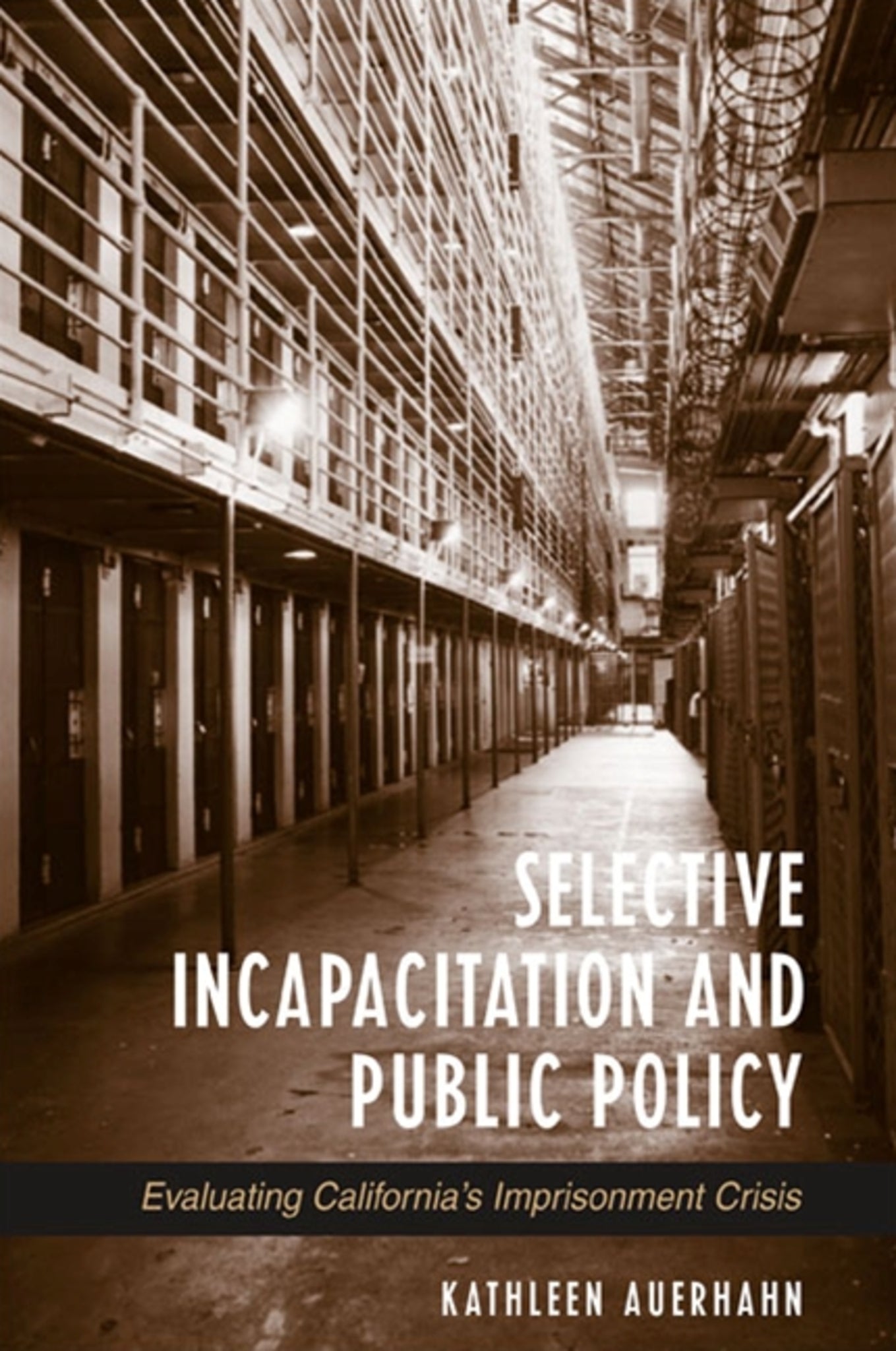We're sorry. An error has occurred
Please cancel or retry.
Selective Incapacitation and Public Policy

Some error occured while loading the Quick View. Please close the Quick View and try reloading the page.
Couldn't load pickup availability
- Format:
-
09 October 2003

Using cutting-edge methodologies, this book evaluates California's measures to protect the public from dangerous criminals.
From the 1970s to the new millennium, the prison population in the United States has quadrupled while an unprecedented amount of sentencing reform has taken place, largely intended to protect the public from dangerous criminals. This book details the California experience, including the history and politics of criminal sentencing policy reform, as well as the consequences of this activity to the criminal justice system. Using cutting-edge computer simulation modeling, Kathleen Auerhahn explores the impact that sentencing reforms dating back to the 1970s have had on the composition and structure of the criminal justice system, with specific focus on prison populations. She illustrates how dynamic systems simulation modeling is used to both examine "possible futures" under a variety of sentencing structures and sentencing policy alternatives, including narrowing "strike zones" and the early release of elderly offenders, in order to more effectively target the dangerous criminals these policies promise to remove from society via incarceration.


Acknowledgments
Part I: The Criminal in Society: Penal Response and Rationale
1. Introduction
2. Criminal Punishment in Civil Society: Purpose and Method
3. Criminal Sentencing Reform and Paradigm Change in California
Part II: Incapacitation and Dangerousness
4. Selective Incapacitation
5. Dangerousness
6. Assessing the Level of Dangerousness in the Criminal Justice System
Part III: Evaluating the Past, Choosing the Future
7. Modeling the California Criminal Justice System, Part I: Reproducing and Evaluating the Past
8. Modeling the California Criminal Justice System, Part II: Predictive Evaluation
9. Conclusion: Choosing California's Future
Technical Appendix A: Data Sources and Estimation Procedures
Technical Appendix B: Example of Simulation Model Code
Notes
Bibliography
Subject Index
Author Index



